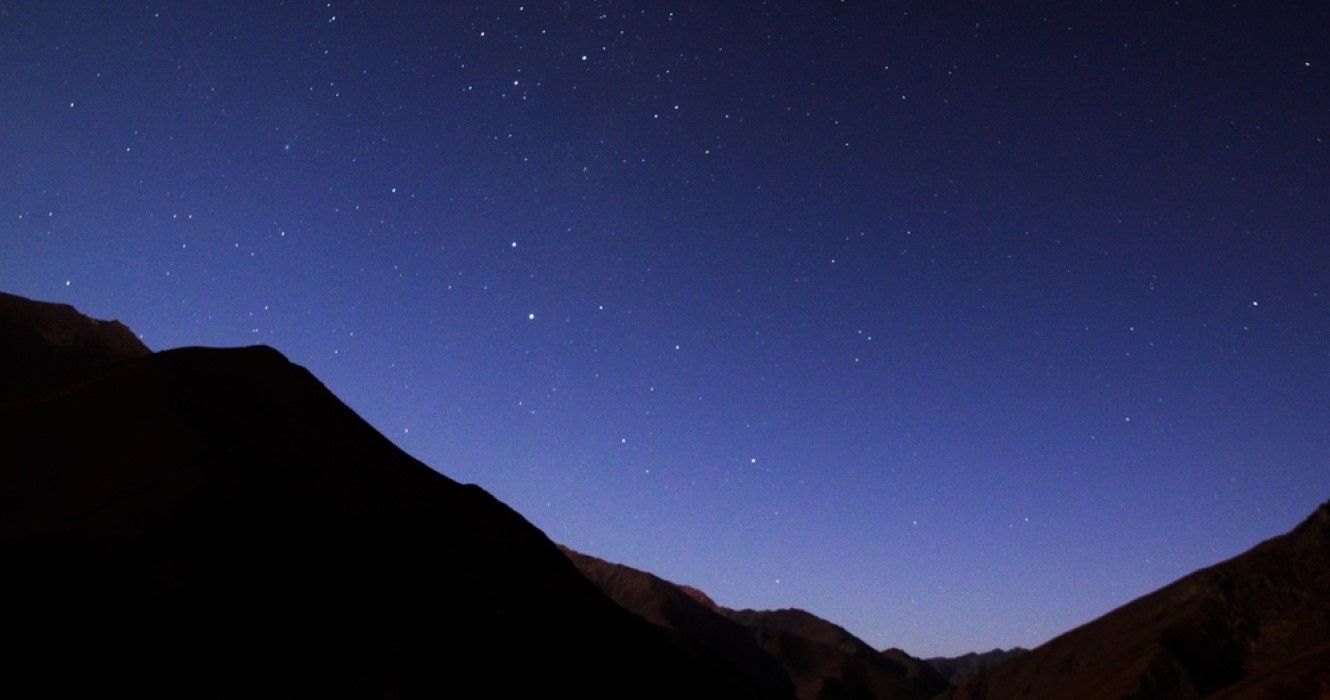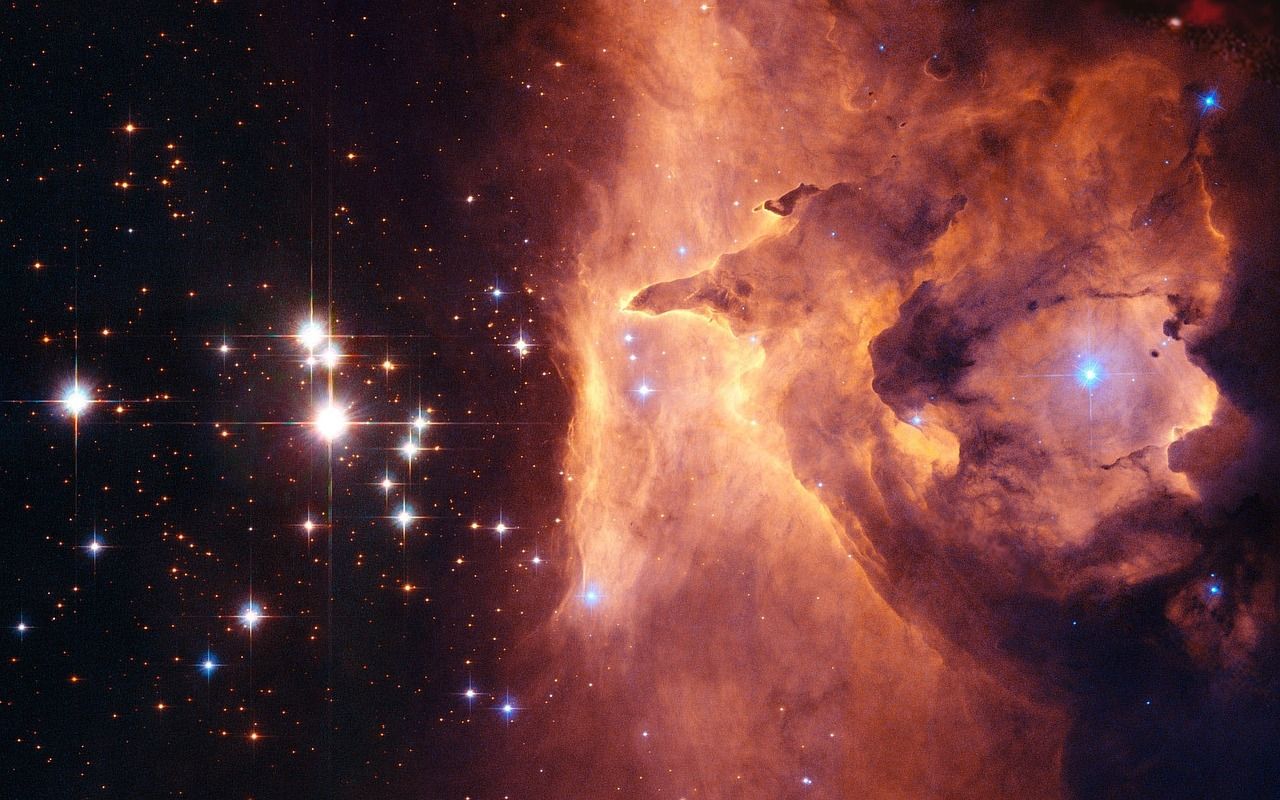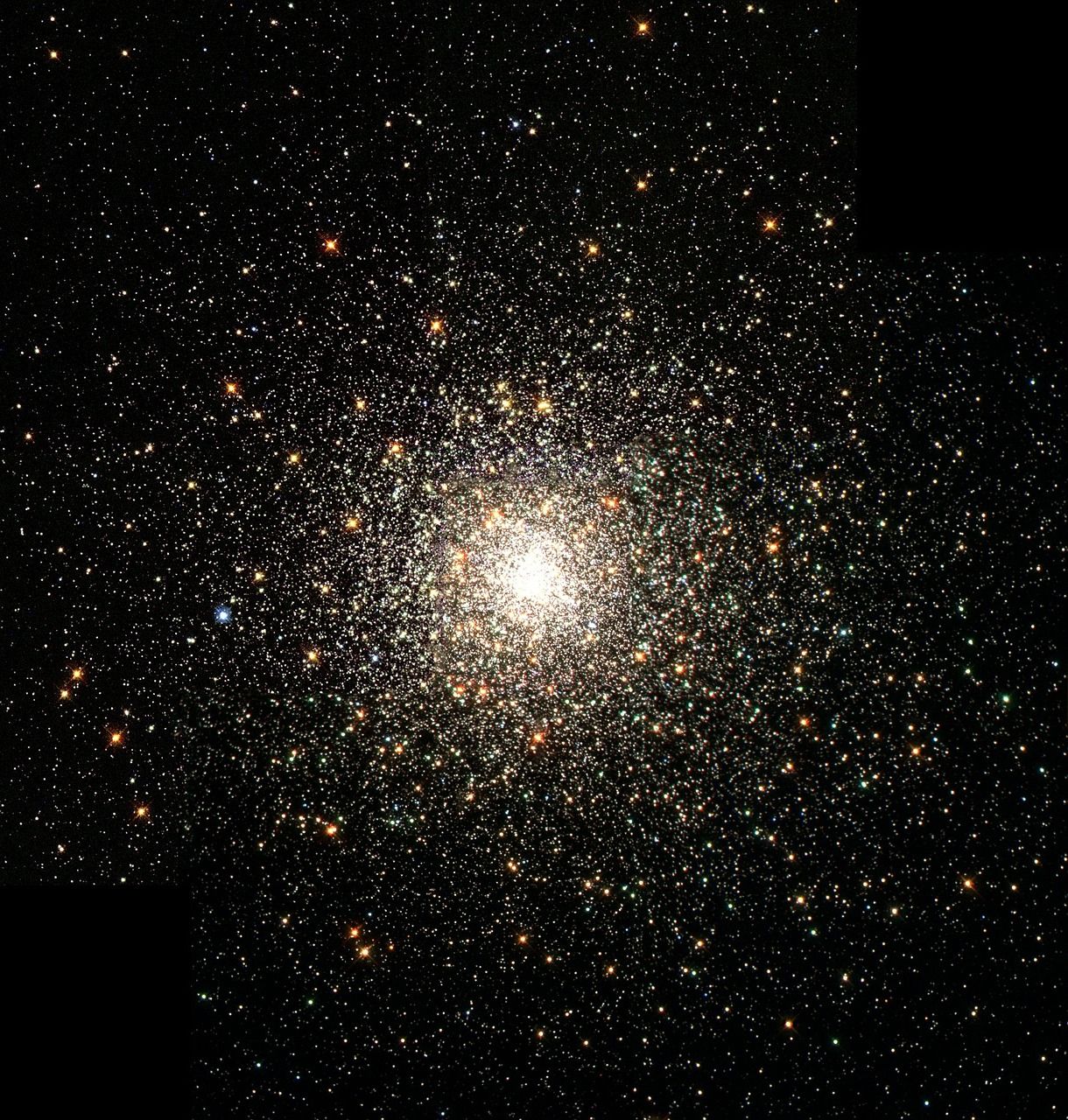Quick Links
Stargazing isn't anything new. For centuries upon centuries, inhabitants of planet Earth have found themselves gazing upward to indulge in the breathtaking beauty of the twinkling stars etched in the vast night sky. Stars and constellations have influenced many cultures across the globe, have served as tools for humans to orient themselves, and have been a source of inspiration for many artists. Since the mid-16th century, Chile has become a world-class stargazing hot spot due to its ideal climate and altitude, making it one of the best places in the world to admire and study our sky's collection of dazzling diamonds.
- Nights Of Clear Skies: Over 300 annually
- Best Months To Stargaze: December-March
The Optimal Recipe For Stargazing In Chile
Chile just so happens to have the most quintessential 'ingredients' needed to be a stargazers' haven. Two crucial elements necessary for optimal stargazing is both a dry and clear sky. Although Chile stretches vertically across 38 degrees in latitude (making it difficult to make climate generalizations), it continually ranks as having one of the lowest annual precipitation levels worldwide. Fittingly, Chile is home to the world's driest place: the Atacama Desert. In addition to low rainfall rates, Chile also has little cloud cover year-round, December through March being at its lowest, providing stargazers a crystal clear slate of sky to examine and admire the stars.
Chile's dry season is December through March; this is when the country's rainfall and cloud cover are at their absolute lowest, making these months the best for clear and dry stargazing skies.
Equally important to needing clear and dry skies, high altitude is another critical component for successful stargazing. Thanks to the Andes mountain range, which forms the majority of the border between Chile and Argentina and is also where the highest peak of this mountain range can be found, Chile has a plethora of altitudinous peaks to observe the stars from. Wondering why high altitude is such an important factor? When at a higher elevation, there is less atmosphere, absorbing less infrared energy, which in turn clears and reveals more of the sky to the naked eye. Therefore, the higher the elevation level, the less obstruction the atmosphere can cause.
Contrary to the natural obstruction that low altitude causes, light pollution is an artificial variable that negatively impacts the ability to see the stars clearly. Light pollution creates an artificial fog-like light that hides clouds and blocks the stars' natural light. Depending on the amount of light pollution, this factor can be extremely detrimental for stargazers. Thankfully, due to Chile's low (and very slow-growing) population, there are many fewer man-made light sources in this region, leaving the view not only close but crystal clear too.
Spectacular Southern Stars
While there are many other stargazing destinations to definitely check out, Ohio and Hawaii being two jaw-dropping United States hot spots, Chile's geographical location offers something special which you cannot experience if you only stay in the top half of the globe. While some stars and constellations can be seen from both the northern and southern hemispheres, others can only be seen from their respective hemisphere. Out of 88 total constellations, 32 of them can only be viewed in the Southern Hemisphere. This means that if a stargazer never travels down to the southern half of the globe, they'd be missing out on more than one-third of the Earth's constellations!
Some of the most famous southern constellations can be easily spotted in the Chilean sky. One of these is the Crux constellation, commonly known as the Southern Cross for its cross-like shape, and is the smallest of all 88 constellations. Imagine what a great 'bragging-right' moment it would be to boast about seeing first-hand the sky's smallest constellation!
Furthermore, in Chile, you can also marvel at famous Southern Hemisphere star clusters. Star clusters of groupings of stars which are categorized into two different groups: open clusters and globular clusters. Essentially, open star clusters are much smaller than globular clusters, ranging from dozens to hundreds of stars, and take irregular shapes. One famous open star cluster that can be seen in Chile is the Jewel Box cluster.
On the contrary, globular clusters are older, made up of hundreds of thousands to millions of stars, and make a circular shape. Omega Centauri is the largest globular cluster in the entire Milky Way and can easily be seen by the unaided eye in the unclouded Chilean night sky.
Top Stargazing Spots In Chile
While Chile has 65 different observatories spread out along its lengthy longitude, there are specific areas that have spectacular conditions for a stargazing trip. In the northern half of Chile, visit Elqui Valley; sitting at 2,000 meters above sea level, with a sunny, desert-like climate and less than 2.8 inches of annual rainfall, the Elqui Valley checks off all the boxes for a superb stargazing adventure. The Elqui Valley is also one of Chile's acclaimed wine regions; producing a wide variety of prestigious wines, picking up a bottle could very well add a sprinkle of romance to a date night under the star-dusted sky.
Just north of the Elqui Valley lies another notorious stargazing spot. The Atacama Desert, commonly known as the driest place in the world, is a desert plateau situated between the renowned Andes mountain range and the lesser-known Chilean Coast Range. A prominent characteristic of the Atacama Desert is its almost complete lack of precipitation, keeping the sky dry and visibility high. Looking for more to do? The Atacama Desert has more to offer than solely stargazing.
Bring binoculars to bring the stars even closer to the eye! Another helpful item to bring along is a star chart, a celestial map that shows where to find the sky's constellations and famous stars.




